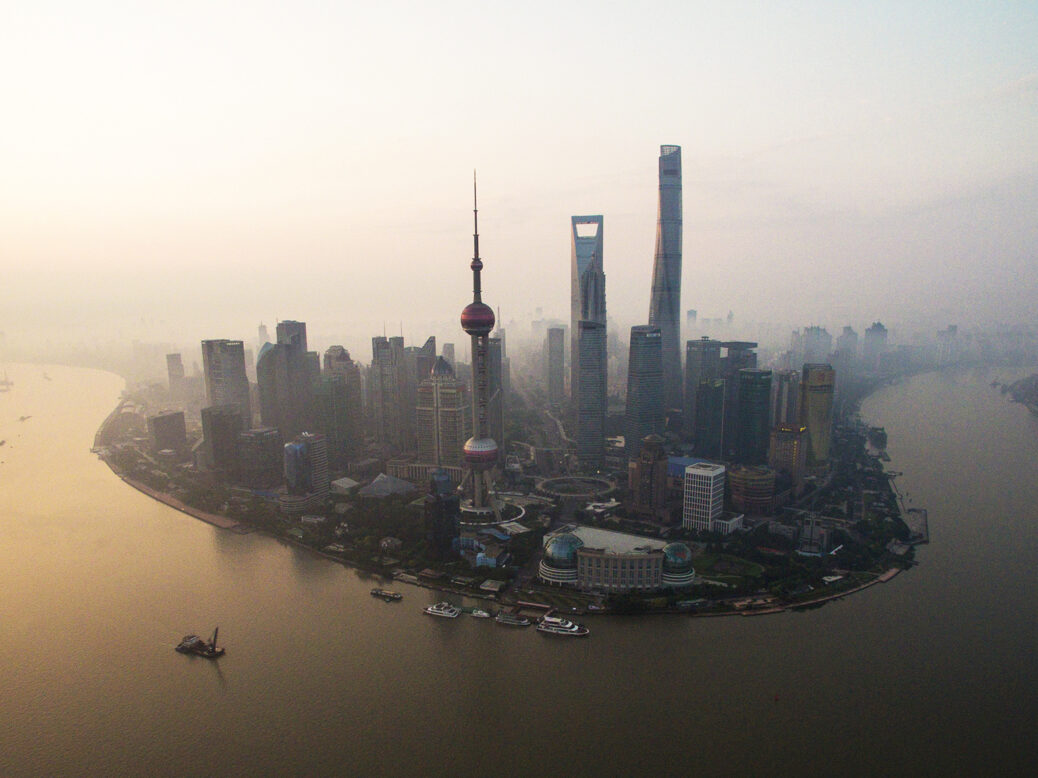
A decade has passed since the start of the Great Recession – the momentous downturn that shook the global economy as none had since the 1930s. In the intervening years, the world has experienced a slow but consistent recovery. Economic dangers, however, are now apparent at every turn: a new global debt crisis, trade wars between great powers and a Chinese slowdown.
The IMF has cut its world growth forecast for 2019 to 3.5 per cent (compared to 3.9 per cent in July 2018), citing lower growth in both advanced and emerging economies and the rising likelihood of a negative economic shock. Some market analysts are now warning of a possible global recession this year – far earlier than most have anticipated. But how much danger are we in? And what would be the economic and political consequences of a new crash?



